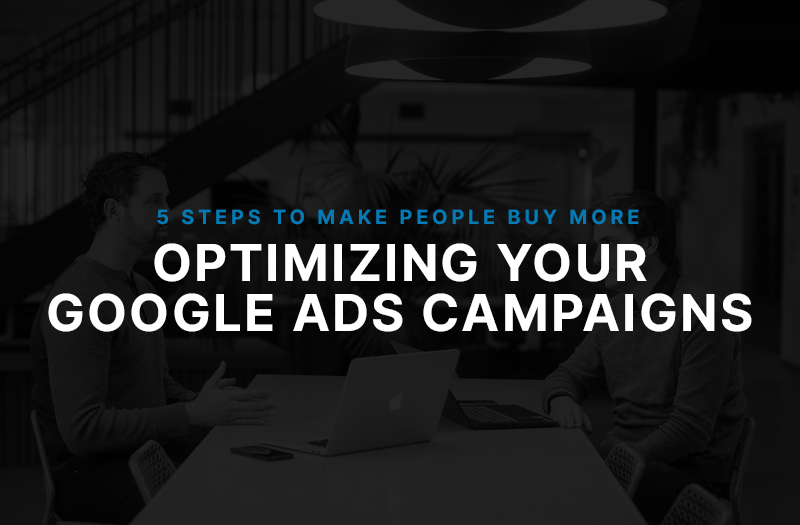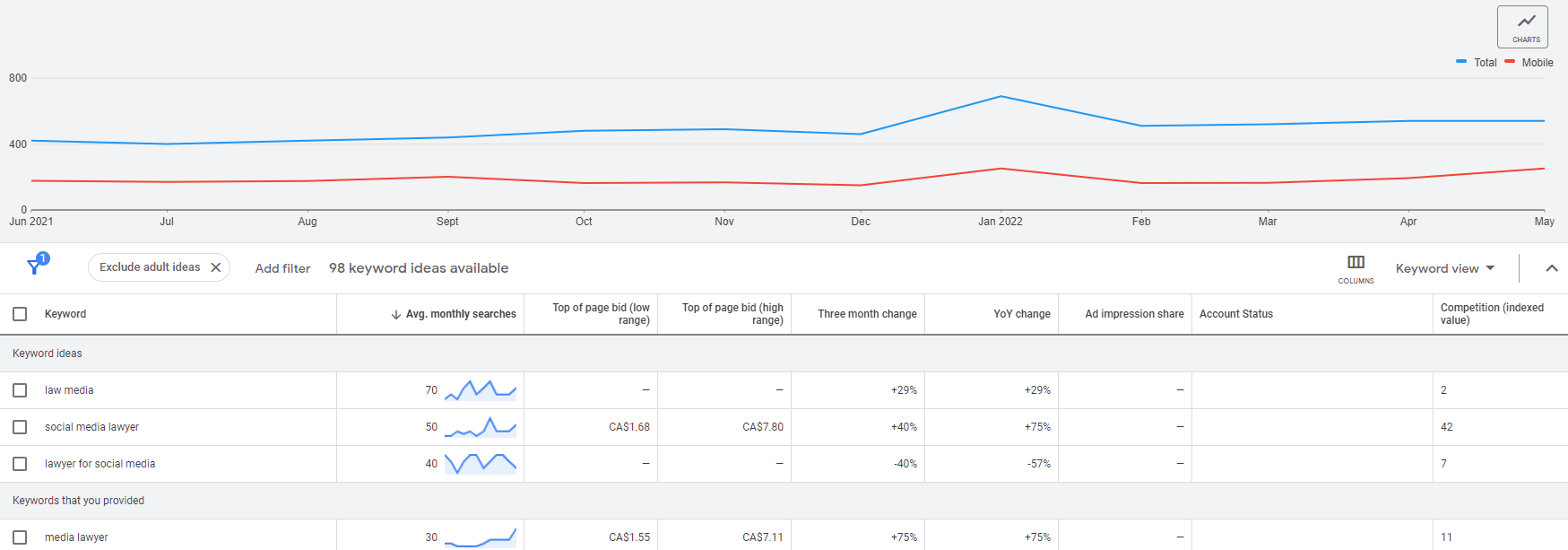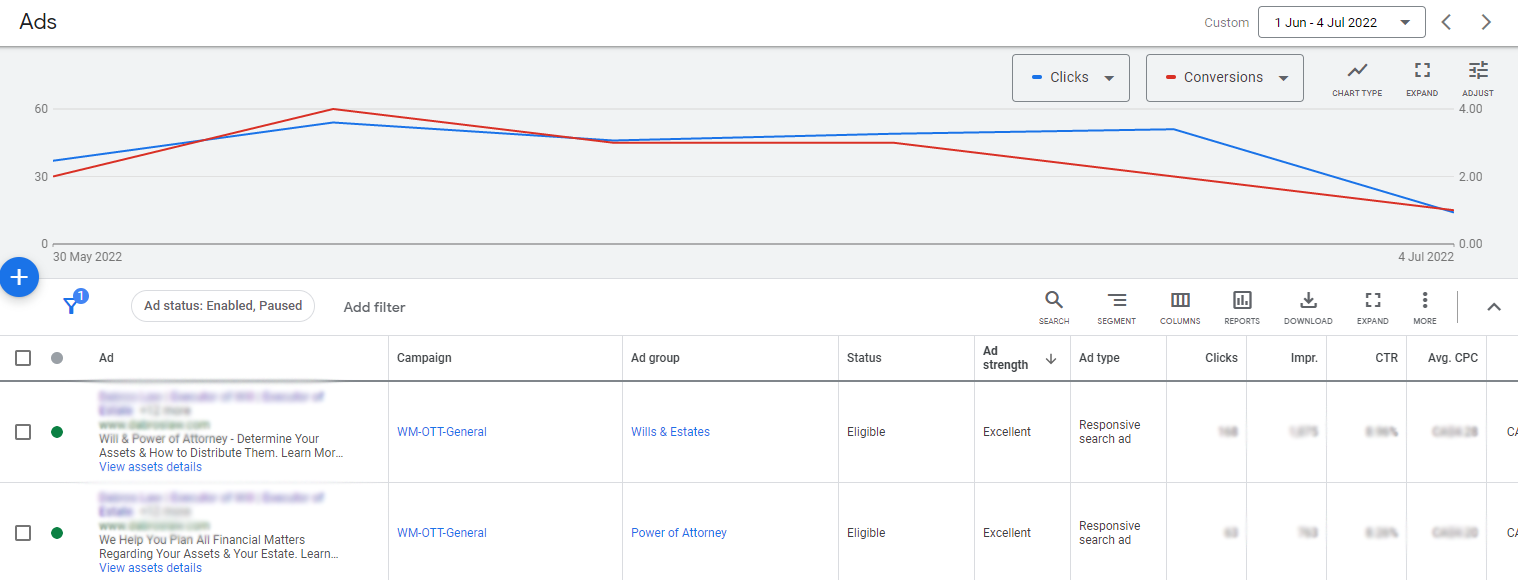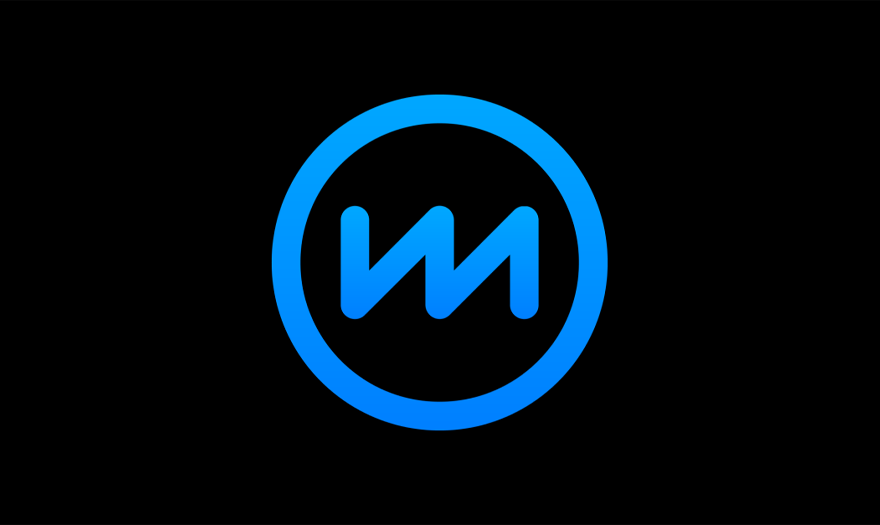
Good digital marketing is all about alignment. Alignment between the keywords that users search, the ads they see, and the landing page experience that is delivered.
Thanks to stricter ad requirements from Google Ads, most ads today must be relevant to the keywords a user has searched or they won’t be displayed.
It’s what happens AFTER an ad is clicked that is often a big mystery and black hole of $$ for small businesses.
Large advertisers generally have things figured out. They have the team, the tools and the knowledge to ensure that performance goals are met.
But most small businesses make one crucial mistake that leaves users confused, and their ads performing poorly.
They send traffic to their homepage, or to a generic service page that lists all the services they offer.
Now think about it. Is this the user experience that you would want when researching a product or service?
No, because you land on a page where you have to think about what to or where to click to next.
Rarely do visitors convert on the homepage. Similarly, generic service pages don’t work either. I don’t want to see every service you offer when I’m only interested in one. I don’t want to start second-guessing if you’re actually an EXPERT at what I’m looking for because you present yourself as a jack of all trades.
So why does this happen? Because most small businesses don’t know better. Whether they are managing their own ad campaign or it is being managed by a small agency, I see this mistake made time and time again.
What users WANT is to be taken directly to product pages, resource articles, or specific service pages that contain the EXACT information that they had searched for.
Having good alignment from the keyword that was searched, to the ad that was shown, to the landing page that the ad clicked through to is essential. This represents the ideal structure for a Google Ad campaign and will lead to the highest conversion rates and best ad campaign ROIs.
Great Google Ads Campaigns are All About Alignment
1. Keyword research
Keyword research is the process of reverse engineering all the things that people type into a search engine. This helps understand all the ways that people search for the product/service you offer. Using Google’s keyword research tools you will also be able to see the number of searches each term gets each month (search volume) as well as the estimated cost per click (CPC) to bid on a particular keyword.
2. Campaign structure
By grouping similar keywords that have the same intent, you can begin to build out an ideal campaign structure for your ads.
In the below example prepared for a Law Firm, you’ll see that all film, media and television search terms were grouped into their own campaign. Similarly, you’ll see the same for other groups of keywords related to music, interactive digital media, software & tech.
Each of these groups turns into an ad campaign. Each campaign will have at least one ad group and each group points to a different page on your website.

3. Ad Copy
The goal of this article is to teach proper ad alignment for a good user experience. While the ad copy is quite important to generate a good click-through-rate (CTR) I am going to omit a lesson on ad copywriting as that could be a whole article itself.
Just make sure that your ad copy is compelling, relevant to the keywords you’re targeting, and communicates messaging that makes sense given the landing page experience.

4. Website Structure
Ok, so you’ve managed to get your ad campaign setup, write some decent ads that people are clicking on, and now the Google Ads bills are starting to add up.
You ask yourself, “Why aren’t my ads performing?”
In most cases, it’s because you’re sending users to a shitty landing page.
The simplest way to come up with the necessary website structure for your ad campaign is to have a landing page for each campaign you’re running.
That’s right, it’s the ad structure that determines the necessary website structure.
Better yet, you might even want to create a different landing page to cater to each ad group. The more specific the landing page experience is, the more effective your campaign will be.
Let’s illustrate this with an example, say, for a boutique pet food supplier.
I have a dog named Willa, who has a sensitive stomach – true story, so I’m looking for “sensitive stomach dog food”.
A poor user experience would serve me a generic ad that then directs me to the homepage of the boutique pet food supplier. Better yet, maybe I land on the pet food shopping page.
But when I land, the first thing I am left wondering is if this food is even meant for dogs with sensitive stomachs? In a state of confusion, I hit the back button and go to the next search result.
The next search result takes me to a landing page with the heading of “Dog food for a pooch with a sensitive stomach”. It then goes on to highlight some symptoms that my dog may be exhibiting if it is reactive to regular dog food. It explains why this is happening, and why it may be necessary for me to try some specialty foods.
I’m then provided with some “top selling products” and a link to a shopping page to view all products, easily sortable by dog breed, size etc.
I’m sold. This simple and informative experience was exactly what I was looking
The rule of thumb is that if it is worth spending money on a group of keywords, over and over again each month, then it’s probably worth spending some money upfront to ensure you’ve set yourself up with the proper landing page content that will actually lead to sales. A good website experience is a one-time investment. Poor ad campaigns lead to an ongoing waste of money that quickly adds up.
5. Conversion Tracking
Last, but certainly not least is conversion tracking. This allows you to see the exact path that was taken by a user that ‘converts’, whether this is a purchase or a new lead.
Setting up conversion tracking can be tricky but thankfully we have a guide on that here.
A good conversion rate is one of the biggest competitive advantages you can get in digital marketing.
Double the conversion rate = half the cost per sale as your competitor, or, twice the number of leads for the same cost!
![]()
Getting Started
Start small and set things up properly. It is a much smarter idea to focus on one campaign at a time. Do proper keyword research, write some well-thought-out ads, and then build a page on your website that provides a great user experience and contains clear call-to-actions.
If you take one thing away from this article, it’s that it is all about landing pages! Aligning your landing page experience with your advertising goals is the key to success. It’s not hard work, but you do have to work hard in order to succeed.
If you’re left feeling a bit overwhelmed or simply short on time, feel free to reach out and speak with someone on our team to help you get started.



